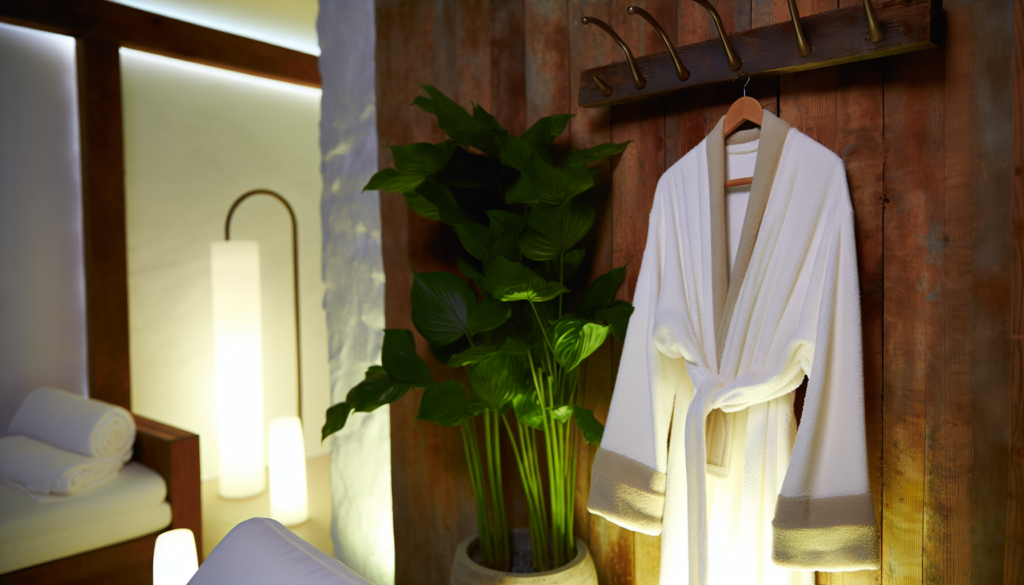Dealing with combination oily skin can sometimes feel like you’re walking a tightrope between shine control and proper hydration. Trust me, I’ve been there! One day your T-zone is an oil slick while your cheeks feel parched, and finding that perfect balance seems impossible. The good news? It’s totally achievable with the right approach. Having combo oily skin doesn’t mean you can’t achieve that coveted healthy glow—it just means you need targeted strategies that address both your skin’s oil production and its hydration needs. Let’s explore some game-changing techniques that will help you manage your unique skin type effectively.
Understanding Combination Oily Skin
First things first, what exactly is combination oily skin? It’s characterized by an oily T-zone (forehead, nose, and chin) with normal to dry cheeks. This skin type often struggles with enlarged pores, occasional breakouts, and that dreaded midday shine. The trickiest part is finding products that don’t over-dry the already balanced areas while effectively controlling oil in problem zones.
Your skin produces sebum (natural oil) for a reason—it helps protect and moisturize your skin. The goal isn’t to strip away all oil but to maintain a healthy balance. Genetics, hormones, diet, and environmental factors all play roles in how your skin behaves, which is why personalized approaches work best.
Morning Skincare Routine for Combo-Oily Skin
Your morning routine sets the tone for how your skin behaves throughout the day. Here’s a simple yet effective approach:
Gentle Cleansing is Key
Start with a gentle foaming cleanser that removes excess oil without stripping your skin. Look for ingredients like salicylic acid (in lower percentages) or tea tree oil that control oil but aren’t overly harsh. Avoid hot water, which can stimulate oil production—lukewarm is best.
Tone with Alcohol-Free Formulas
A good toner balances your skin’s pH and removes any lingering impurities. Choose alcohol-free formulas containing ingredients like:
Lightweight Hydration
This step is non-negotiable, even for oily skin types! Opt for oil-free, water-based moisturizers or gel formulations. Ingredients to look for:
Never Skip Sunscreen
Sun protection is crucial, but heavy formulas can feel suffocating on combo-oily skin. Choose lightweight, oil-free sunscreens labeled “non-comedogenic” (won’t clog pores). Many Korean and Japanese sunscreens offer excellent protection with elegant, non-greasy finishes that work beautifully under makeup.
Evening Skincare Routine Adjustments
Evenings are perfect for addressing specific skin concerns while your body repairs itself during sleep.
Double Cleansing Method
This two-step approach ensures thorough removal of makeup, sunscreen, and daily grime:
1. First cleanse with an oil-based cleanser or micellar water
2. Follow with your regular gentle foaming cleanser
This method prevents the need to scrub aggressively, which can stimulate more oil production.
Targeted Treatments
This is where you can address specific concerns:
Zone-Specific Moisturizing
You don’t need to use the same product all over. Try the multi-moisturizer approach:
1. Lighter gel formulations on oily areas
2. Richer creams on drier patches
Lifestyle Factors That Affect Combo-Oily Skin
Skincare products are just part of the equation. Consider these lifestyle aspects:
Diet and Hydration
What you put inside your body affects what shows on the outside:
Stress Management
Stress triggers cortisol production, which can increase sebum output. Finding effective stress reduction techniques—whether meditation, yoga, or simply proper sleep—can significantly impact your skin’s oil levels.
Makeup Tips for Combo-Oily Skin
Choose your products wisely:
Common Mistakes to Avoid
Many of us with combination oily skin fall into these traps:
Seasonal Adjustments
Your skin’s needs change with the seasons:
Summer Strategy
Focus on lighter formulations, more frequent blotting, and perhaps a mattifying primer before makeup.
Winter Approach
Even oily skin can become dehydrated in winter. You might need slightly richer moisturizers on certain areas and more gentle exfoliation.
When to See a Dermatologist
Sometimes professional help is needed, especially if:
Dermatologists can prescribe specialized treatments like prescription-strength retinoids, hormonal therapies, or professional procedures that can be game-changers for stubborn combination oily skin.
Finding the perfect balance for combo oily skin takes some experimentation, but it’s absolutely achievable. Remember that consistency is key—give new routines at least 4-6 weeks before deciding if they’re working. With the right approach, you can absolutely have that healthy glow without the unwanted shine. Your unique skin deserves a customized approach that celebrates its natural qualities while addressing its specific needs. Here’s to embracing your skin journey and discovering what works best for your combination oily skin!







